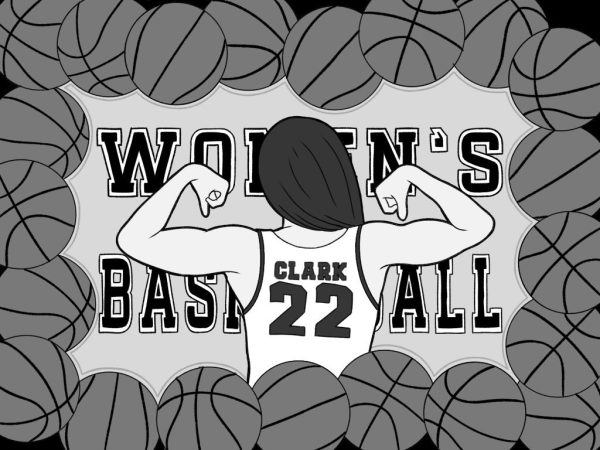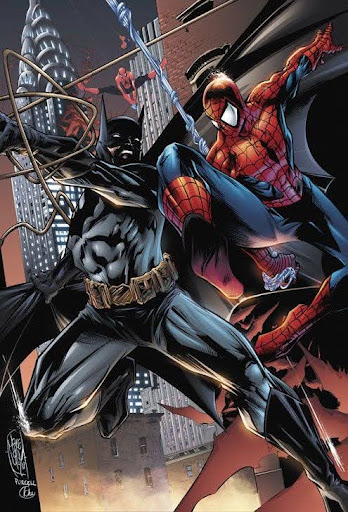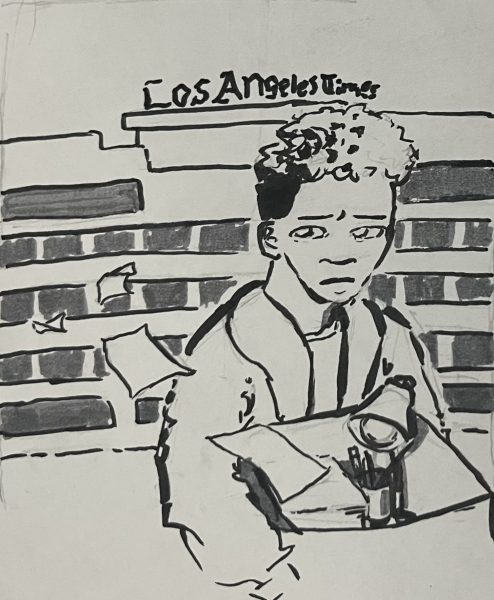Blues – The Backbone of Popular Music
January 29, 2020
Blues was a way people like slaves, criminals, poor people, and inner-city kids could express their troubles. With the spread of blues music, which originated in the South, across Western states, music began changing.
“If you don’t know the blues… there’s no point in picking up the guitar and playing rock and roll or any other form of popular music,” said Keith Richards, guitarist of the The Rolling Stones. To this day, the element of blues and jazz is the most important form of music that developed into almost all forms of popular music, according to music historian Ted Giao.
In the 19th century the emergence of spirituals, gospel choruses, ragtime, blues, and jazz had a huge influence on popular music for one major reason: It was different. Another change occurred when white musicians started traveling to places in the South to acquire musical inspiration from poor, marginalized, folk in the South, Gioa said.
A popular band of the 20th century was DixieLand Jazz Band, the first major known jazz band that had caught widespread attention. Unfortunately, the people who inspired bands like The DixieLand Jazz Band could be found elsewhere, usually, they are underrepresented because their skin color or financial problems.
“The first documented song in the English language came from the mouth of an illiterate cow herder,” said Gioa. In impoverished regions, musicians with no professional musical knowledge were the most musically gifted people. In the United States, the influence of reggae, blues, jazz, soul, and ragtime had defined a variety of musical styles because the innovative sound it brought to the United States, he said.
”Outsiders are especially well positioned to disrupt old traditions and create new ones,” said Gioa. “For the simple reason they have the least allegiance to the prevailing manners and attitudes of the societies in which they live.”
This kind of music had a great influence on many forms of music, specifically on rock n’ roll. The significance of jazz and blues as well as rock n’ roll came out of the fact that it was rebellious– it was new and different at the time and it was different than the classical music during the 1880s-1920s.
During the 1960s-1980s, the same event occurred, except jazz and blues was replaced with rock n’ roll. Parents of the “Roaring 20s”, or the “Jazz Age”, were shocked by the major switch of classical music they were regularly accustomed to. Another generation of parents during the “Swingin’ Sixties” were also shocked by the sudden change of the jazz and blues to rock n’ roll. Although parents were shocked by this change and disagreed with the new music coming out, their children found the change to be exciting because the innovation that came out of it. In addition, jazz music added more diversity into popular music, therefore making it more exciting, bringing in new ideas and perspectives said Mr. Ahsan Minhas.
“It [jazz] has many different sounds, rhythms and moods. It’s the diversity of jazz I really like,” said Mr. Minhas, U.S. Government and Constitutional Law teacher and jazz enthusiast. “It just sounds different and there’s so many diverse styles with jazz, not just one.”
White audiences took interest in blues music in 1912, according to The Smithsonian, when W. C. Handy became the “Father of the Blues” with his composition, Memphis Blues. The Smithsonian wrote, “his inspiration for the style came from an African American musical practice of singing away one’s sorrows to move on and up away from them.” The origin of blues had developed mostly in the South from outcasts; criminals, slaves, poor people, and inner-city kids that had no professional experience playing music, they somehow had the most talent with memorizing and playing music, said Giao.
“The association of musical innovation with enslaved people, for instance, is well known in the Americas,” Giao said. “Where the descendants of slaves shaped the provocative sounds of jazz, blues, samba, salsa, reggae, soul music and numerous other genres.”
When musicians experiment with different sounds in their music it turns into something unique and worth listening to because it goes beyond society’s expectations, he said. The fact that the most innovative types of music comes from the poor or the marginalized is most likely because their music expresses emotion that roots from their experiences as being oppressed, such as blues music, which expressed one’s sorrows.






